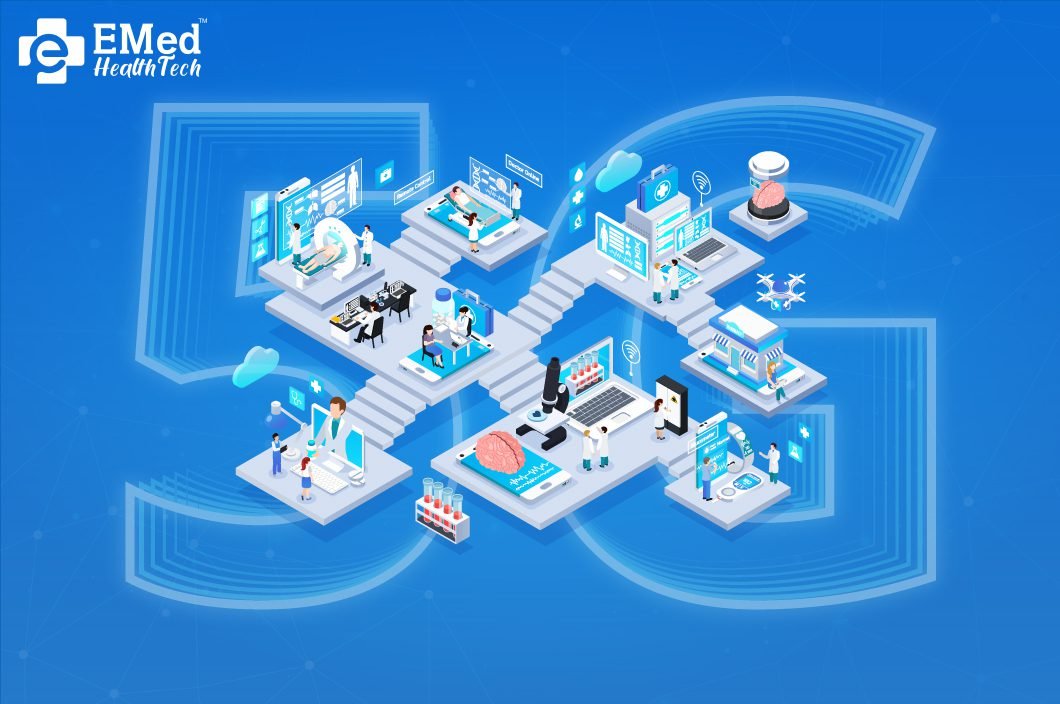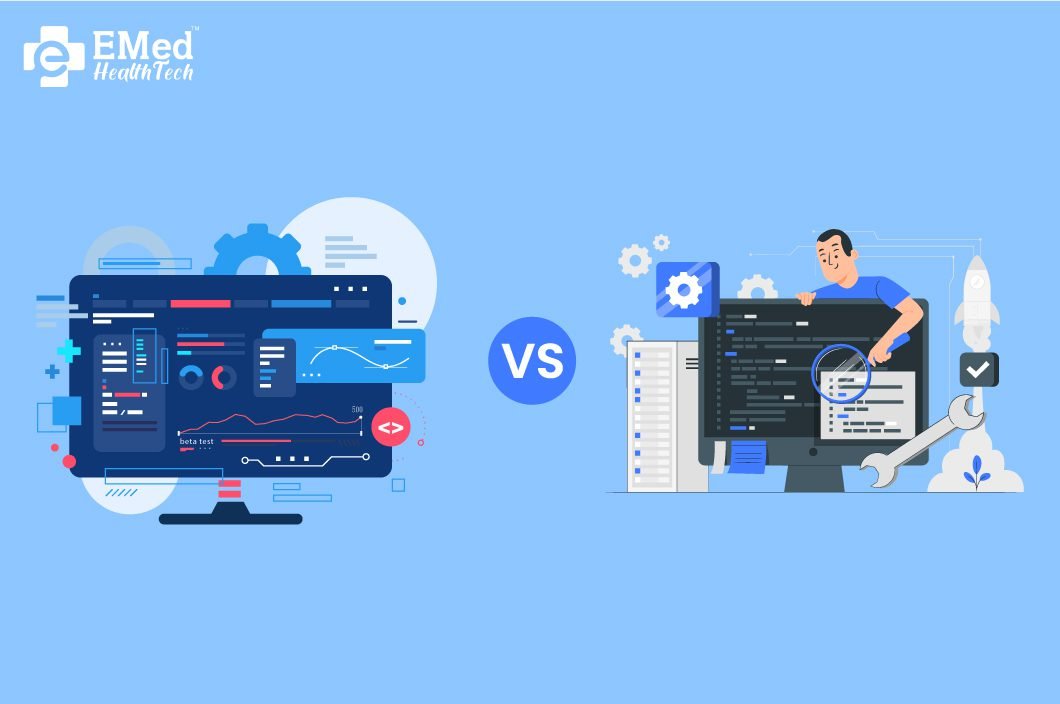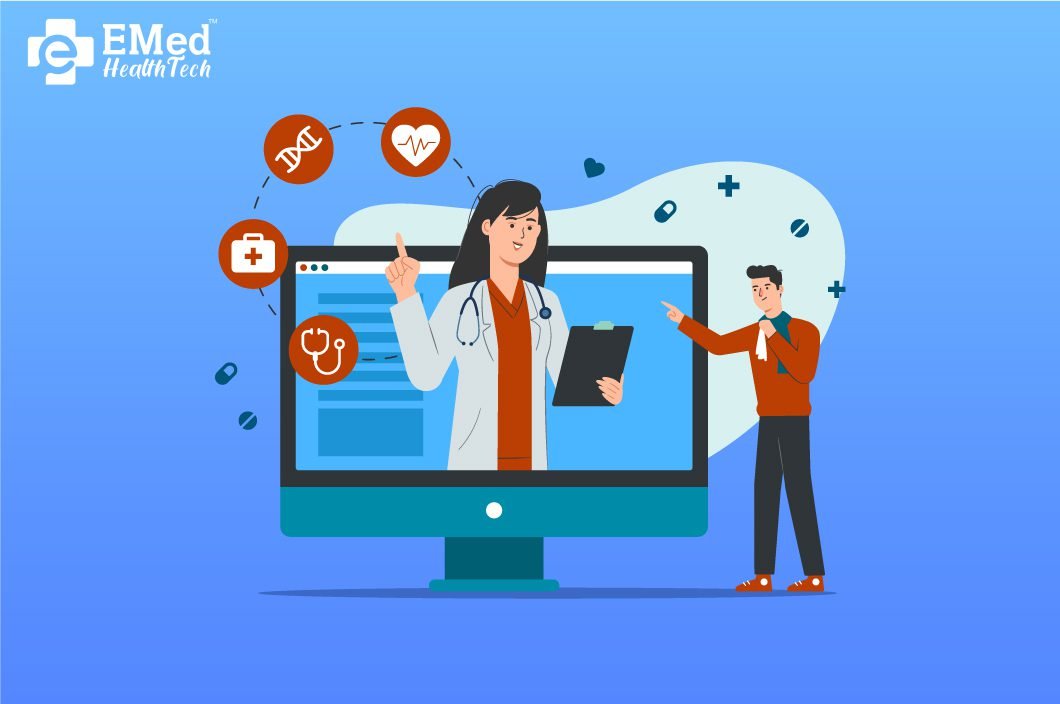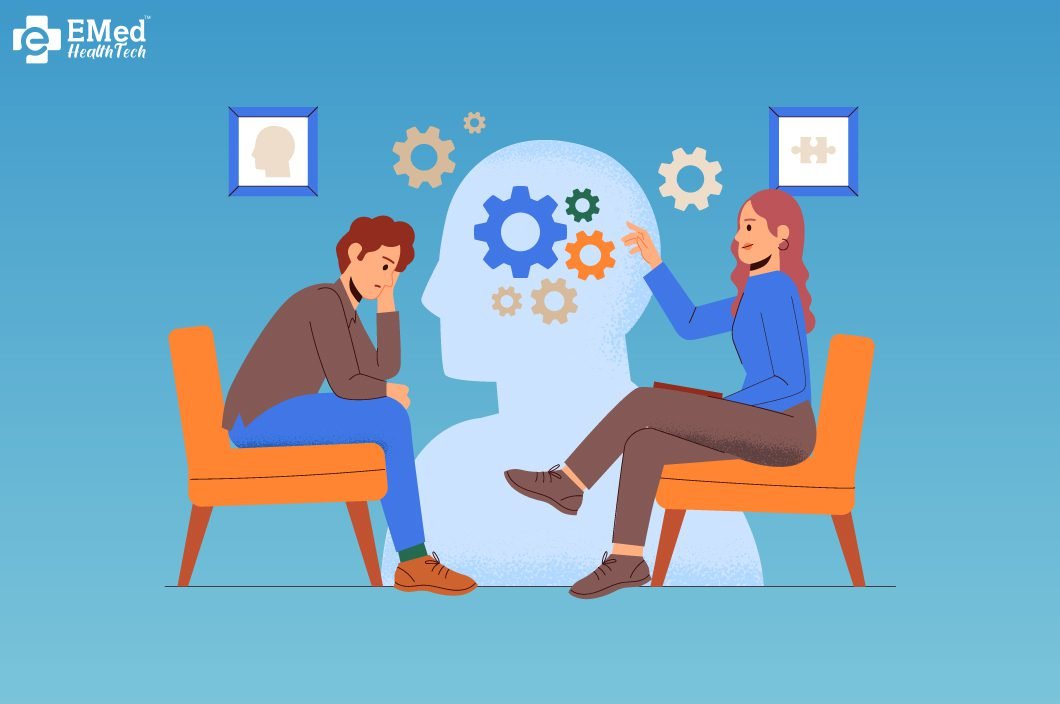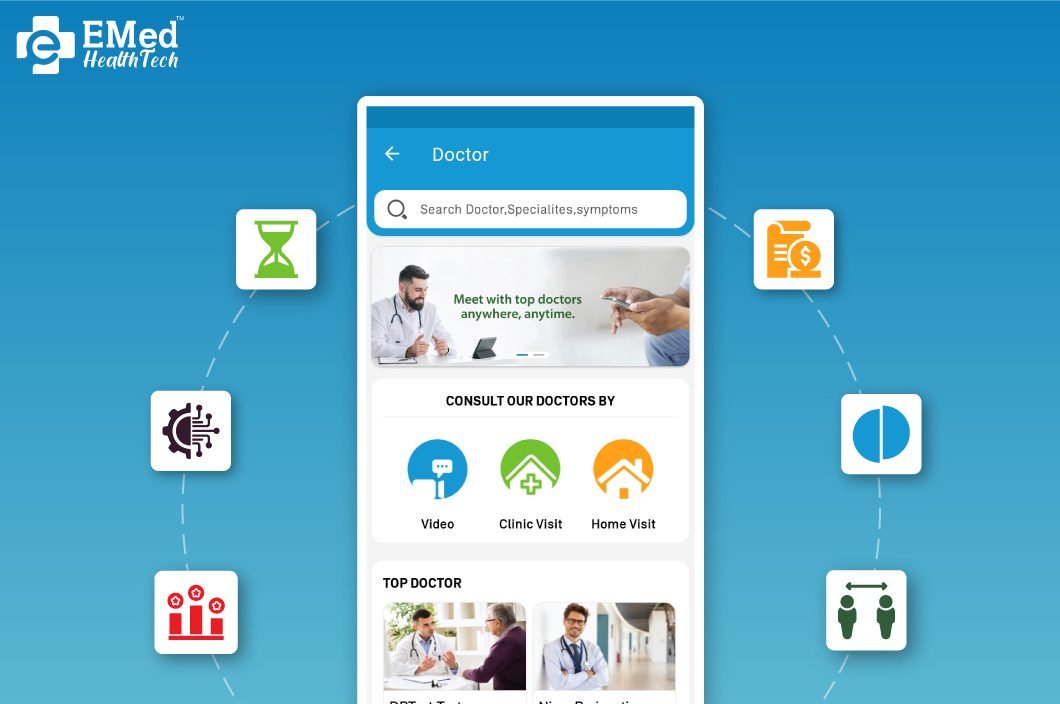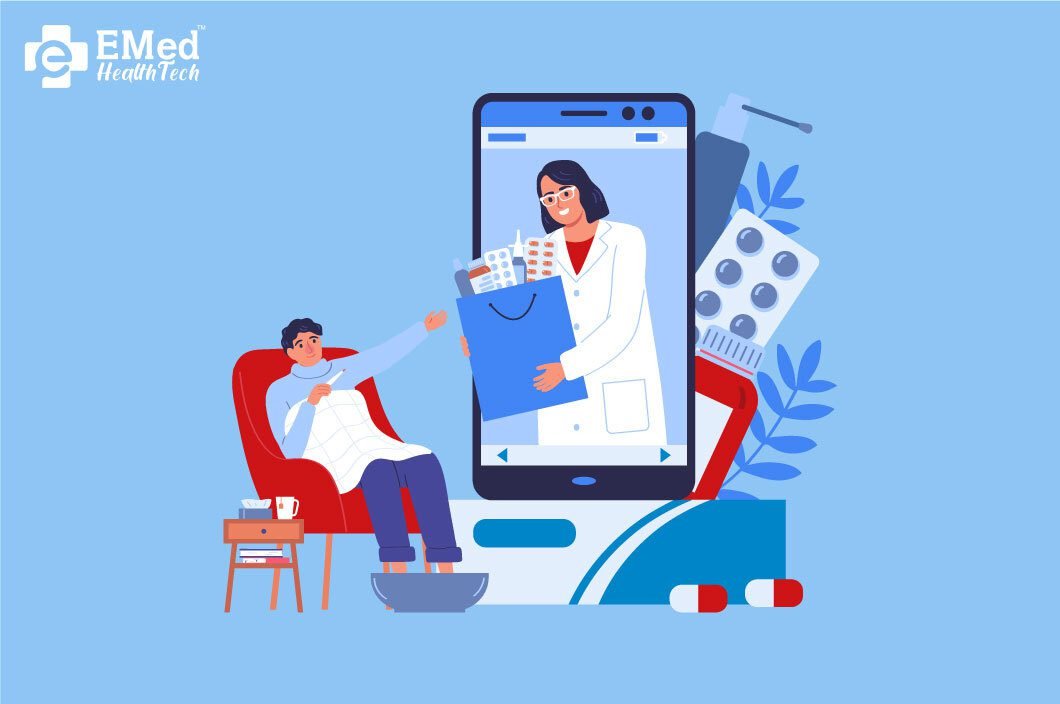The pharmacy business is a lucrative one with a high-profit margin. Hence the competition in the field is also incredibly high. You would know how tough it is to keep business moving as a competitor. Staying ahead of the competition is a matter of survival. Technology is a key player in taking the business to a new level.
With online platforms to buy and sell medicines being the norm of the post-COVID world, pharmacies adopt various business development strategies to get an advantage against competitors. According to leading studies, modern customers are inclined to choose the online marketplace over the physical ones.
This article looks at what goes into the medicine delivery app development process. This will help you get started on your journey of building your app.
What is a Medicine Delivery App?
Medicine delivery apps are the online mode by which customers can buy medicine and have it delivered to their doorstep. They can choose medicines at competitive prices without stepping out of their homes.
Medicine delivery apps typically sell healthcare, OTC, and medical equipment online. Some apps also offer you the facility to book diagnostic test services online, like blood tests, full body checkups, lab tests, and preventative health checkups. Find the detailed guide on how to sell medicines using the medicine delivery app.
Medicine delivery apps have proven to be highly beneficial for pharmacies. It is beneficial for both the users and the pharmacists. Customers choose online platforms to avoid going to a physical store or if they are rendered unable due to medical conditions. Online delivery apps also provide offers and discounts which they can avail of. For pharmacists, this means they can increase sales. With better brand coverage, they can ensure that sales go up. They also have a greater reach among customers than a brick-and-mortar store would give.
What’s in a Medicine Delivery App?
There are typically four interfaces for a medicine delivery app. They are the Customer app, the pharmacy app, the Admin app, and the Driver app. Each of them has different functionalities. Let us look at the user-wise key features of a medicine delivery app.
Features of Customer App
- An easy-to-use UI – user interface
- Registration and login with phone number and password
- User profile to add useful information like address, contact details, etc
- Medicine-wise search & also identify the substitute medicines
- Upload Medicine orders in the form of pharmacist-approved images
- View past orders and reorder the required medicines
- Wallet system to make quicker payments and process faster returns
- Secured payments with third-party payment providers
- Order tracking to locate order status
- Interact with the pharmacist in in-app chat in real-time
Features of Pharmacy Dashboard
- Generate reports in just a few clicks
- Check the orders assigned to him
Features of Admin Dashboard
- Manage users and pharmacies
- View, manage and track orders
- Returns and refund management
- Provide category-wise discounts to customers
- Provide promo code and Refer & Earn facility
- SEO management & EMail marketing
- The track received orders and pending deliveries
- Inventory management with real-time info on stocks
- Different dashboards for different roles across departments
- Reports & Analytics to track performance
Features of Medicine Delivery Boy App
- Driver profile which creates a profile for each driver
- Delivery status, location, and order status can be understood
- Instant notification on delivered orders
- Route optimization with online maps, hence faster delivery
How Much Does Medicine Delivery App Development Cost?
Creating an app from scratch is an expensive process. But what decides the expenses depend upon a lot of different factors. These are some of the parameters that determine the cost of app development. There can be a great difference in the prices when you are developing the app in-house compared to outsourcing it.
- What features does the app have?
- The platforms the app runs in – iOS, Android
- Compliance to regulations
- The location where your outsourced team is based
- Duration of the time development process
- Market research and business analysis
Step-by-Step Process of Developing a Medicine Delivery App

When you venture out to create a medicine delivery app, you need to know a couple of things. First, you need to identify your unique selling prospect or USP. This has to be what sets you apart from your competitors. Let us look at the process of developing an online pharmacy or medicine delivery app.
- Study the Market: Before you begin, you need to know what your market size is, who your competitors are, what hurdles you may face, and the scope of growth in your region.
- Hire a Professional software developer company: Hiring a medicine app development company can save you from many problems you can face as they are experts in what they do.
- Find a business model and monetization strategy: Every business has a monetization strategy that works for them. After thorough research, you can find what works for you and your business model.
- Launch a prototype first: Instead of cramming all of the features into a single app and launching it, develop a basic version and add the additional features.
- App Maintenance: The app is not a one-time production. It requires constant monitoring for an error-free life. Even before it is launched, it has to be tested thoroughly for bugs. It is also important that you constantly update the app for the best user experience.
- Vibrant marketing: An app cannot market itself. You have it do it. Make sure you have a rigorous marketing strategy that ensures your app gets the maximum visibility. Once your app is out there, your advertisements should focus on building a strong and recurrent customer base.
Also, read Medicine Delivery App Development Guide for Online Pharmacies.
Summing It Up
Building a medicine delivery app is no easy task. There is so much work and effort that goes into different fronts. When all of this comes together, you get a fully functional and useful app. You can either put together an in-house team to create the app for you or outsource the job to a medicine delivery app development company. Doing it in-house can be very expensive as you have to do it from scratch, provide the technology and infrastructure, and wager on a team working together for the first time.
On the contrary, outsourcing means you are enlisting the help of experts who have done it before. An experienced and talented team like EMed HealthTech can help you realize your medicine delivery app at great speeds. EMed HealthTech has been providing app development services in the medical field and accumulating experience along the way. Reach out to us today at EMed HealthTech and start a free trial of SaaS pharmacy software.

